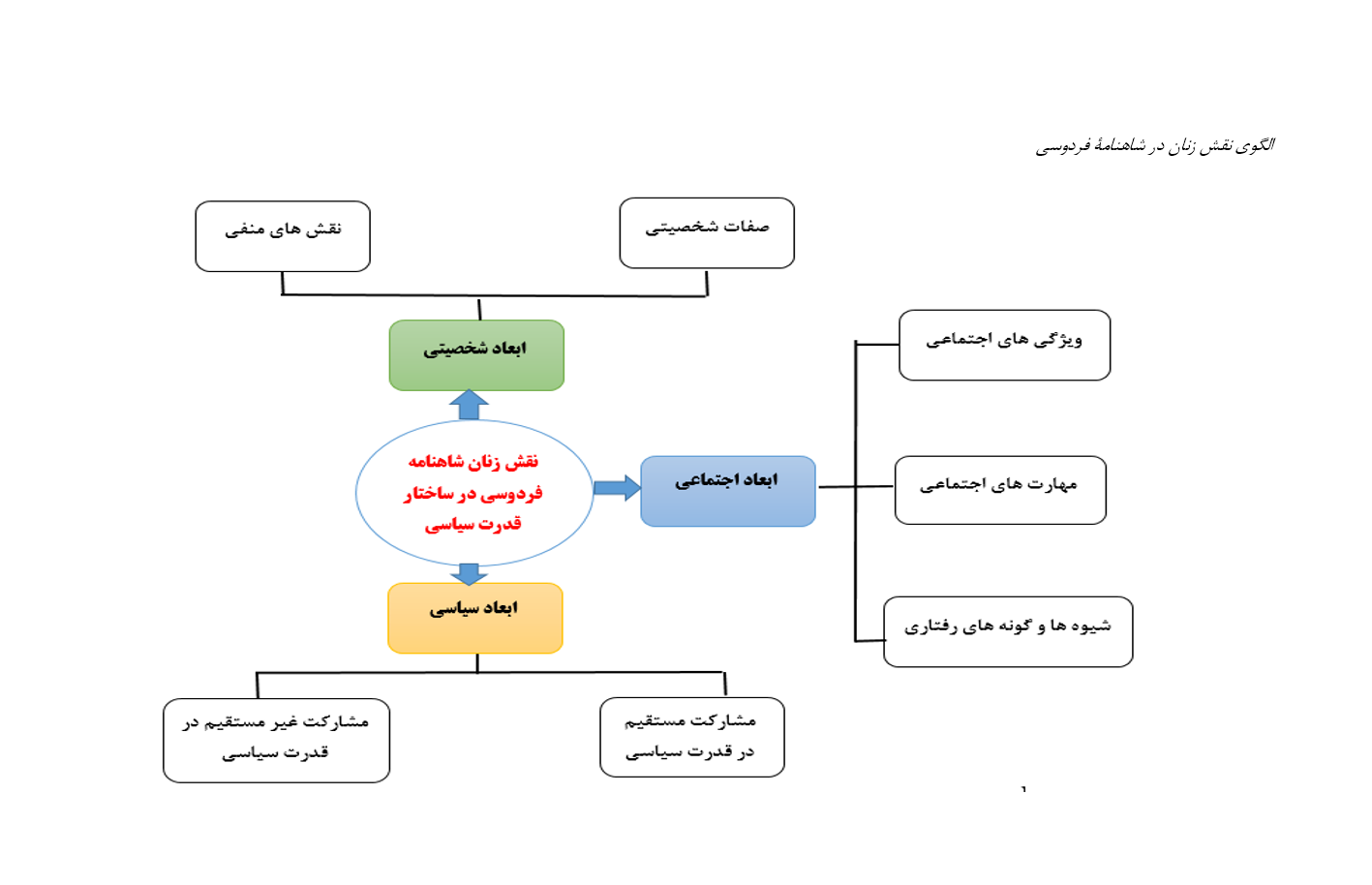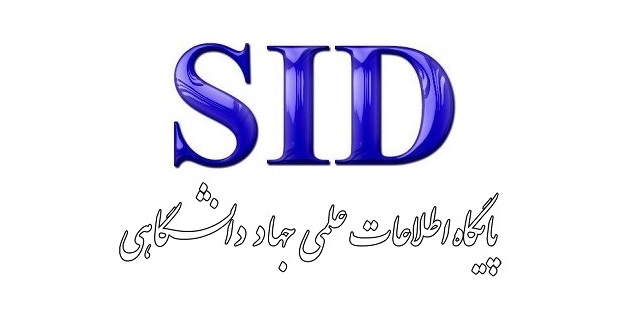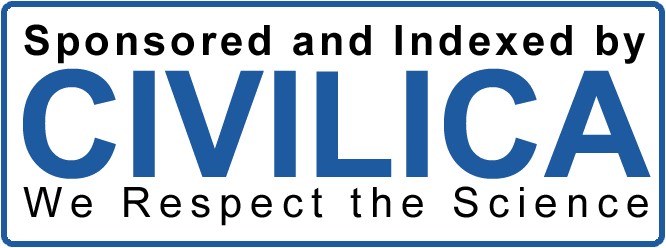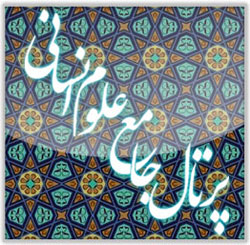Examining the Role and Character of Women in the Political Power Structure in Ferdowsi’s Shahnameh
Keywords:
Woman, Structure, Political Power, Shahnameh, ExplanationAbstract
The objective of this article is to explain the role of women in the political power structure from the perspective of Ferdowsi’s Shahnameh. The research method employed in this study is of a library-based nature, utilizing the technique of content analysis. The theoretical framework applied is mythological criticism. The findings indicate that the dimensions, indicators, and components related to women’s roles in Shahnameh are delineated across three dimensions: the social dimension, which includes three components and eleven indicators; the political dimension, which consists of two components and ten indicators; and the personality dimension, which encompasses two components and nine indicators. Moreover, the results derived from the analysis of Shahnameh reveal that women in this epic, in addition to expressing love and feminine emotions toward their heroic spouses, possessed exceptional power in managing political and military affairs. By presenting their opinions and suggestions regarding political and governmental matters, they played both direct and indirect roles in the political power structure, demonstrating their significant influence within the political domain.
Downloads
References
Akbari, A. (2014). Investigating the dimensions and position of women in Ferdowsi's Shahnameh. Iranian Studies Magazine of Shahid Bahonar Faculty of Literature and Human Sciences, 14(28).
Albughbish, Z. (2021). Reflection and examination of female rulers and politicians in Ferdowsi's Shahnameh. Persian, Arabic, and English Literary Comparison Conference,
Amoozgar, J. (2015). Mythological History of Iran. Samt.
Behjat, H., & Farhadi, F. (2012). Analytical comparison of the role of women in the Shahnameh and the Nibelungen. The Specialized Quarterly of Persian Poetry and Prose Stylistics (Bahar Adeb), 5(3).
Ferdowsi, A. (1995). Ferdowsi's Shahnameh: Complete Text (Based on the Moscow Version). Drop.
Ferdowsi, A. (2013). Ferdowsi's Shahnameh. Gravure Printing.
Ghaemi, F. (2010). The background and theoretical foundations of the mythological criticism approach and the context and method of its application in the reading of literary texts. Literary Criticism Quarterly, 3(11).
Guiry, S. (1996). Anahita in Iranian Myths. Jamal al-Haq.
Khojayev, M., & Gianbagheri, H. (2019). Praise and criticism of women in Ferdowsi's Shahnameh. New Research Quarterly in Human Sciences, 3(27).
Moradian, R. (2015). Investigating the position and political and social role of women in Ferdowsi's Shahnameh. International Congress of Language and Literature,
Mousavi, S., & Khosravi, A. (2008). Anima and the secret of captivity of the companion sisters in Shahnameh. Journal of Women's Research, 6(3).
Naghi, H. A. (2011). Analysis of the character and role of women in the stories of the Shahnameh. Scientific Research Quarterly on Women and Culture, 3(9), 59-81.
Paknia, M. (2015). A reading of women in Shahnameh. Journal of Women's Studies, 4(2).
Pourmajidi Fateh, M., & Derkhosh, S. F. (2022). Role-playing of women in Shahnameh. Ormuzd Research Journal(58).
Sarami, G. (1989). From the Color of the Flower to the Pain of the Thorn. Scientific and Cultural.
Shamisa, S. (2013). Literary Criticism. Ferdous.
Shokati, A., & Dehghan, A. (2016). Studying the position of women in Ferdowsi's Shahnameh. Baharestan Sokhan Quarterly, 14(35).
Yousefi, G. (1990). Bright Spring. Scientific.

Downloads
Published
Submitted
Revised
Accepted
Issue
Section
License
Copyright (c) 2025 مهسا عمادی (نویسنده); محمد کاظم کاوه پیش قدم; کرامت اله راسخ, فرح نیازکار (نویسنده)

This work is licensed under a Creative Commons Attribution-NonCommercial 4.0 International License.







